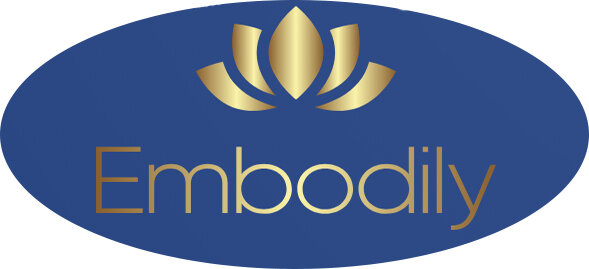Meditation
Meditation is personal and can be tailored to suit your comfort level so you will still be able to achieve its benefits.
The ancient practice of mindfulness and understanding the mind/body connection has interested various practitioners from yogis to gurus to philosophers to healthcare professionals. Meditation is the art of training one’s consciousness to open in a way that transforms the person positively by achieving a higher state of awareness. Meditation has been linked to spiritual connectivity, lowering resting metabolic variables such as heart rate, blood pressure and respiration, and an increased understanding how our bodies and minds relate. You should try mediation to help reduce stress.
Geoffrey Melville studied the effect of yoga and meditation in an office environment on preventing stress using physiological and psychological markers. Both were shown to reduce perceived stress in the subjects and had the ability of maintaining the reduction post intervention. Both yoga and meditation lowered the subjects’ heart rates compared to the control group. Meditation reduced the systolic and diastolic blood pressure measurements in the subjects. Melville found that both yoga and meditation offered in a workplace were successful at controlling and lowering stressors.
Meditation can seem daunting at first. It can be overwhelming to begin, as the act of sitting still and silencing the mind is contrary to our normal behavior being stimulated by technology and media. I’ve been slowly experimenting with meditation for about a month. I have found that by acknowledging my insecurity of doing it “right” and continuing to practice that I am becoming more comfortable. Start meditation by sitting on the floor with some back support (yogis sit in lotus or half lotus position where you are cross-legged but your feet are tucked up over your thighs). Rest your hands palm up on your thighs with your thumb and pointer finger touching. Sit up straight and close your eyes. Begin by focusing on your breath. Breathe in through your nose and out through your nose. Feel your breath as it fills your chest and it rises and falls with each contraction. There are so many styles of meditation that if you start one and feel uncomfortable or that you are doing it incorrectly don’t give up – seek another style. In Hatha meditation the breathing is guided by breathing in through one nostril, breathing out through the nostril and then taking in a breath on that nostril before breathing out the other nostril and continuing the sequence. There is also spinal breathing where you focus on your breath coming up your spine all the way to your third eye before you focus on it going back down. There is also no exact “correct” way to meditate. I’ve been learning that it is not wrong if you cannot silence your mind completely; it is normal to have your mind wander during meditation if you are inexperienced. The key is to be able to acknowledge your mind wandering but bring it back to focus on your mantra. Some prefer using the mantra “I AM” as a sound, not analyzing any meaning. I find that meditation allows me to begin to unwind and relax. Afterwards I feel refreshed and slightly less stressed. I know it is a process that you have to work on continuously and at the moment I find 5 minutes is hard enough to complete. But I know people who recommend 5 minutes of spinal breathing followed by 15 minutes of meditation followed by Savasana (corpse pose in yoga: lay on your back, legs and arms out, eyes closed).
Melville, G. W., Chang, D., Colagiuri, B., Marshall, P. W., & Cheema, B. S. (2012). Fifteen Minutes of Chair-Based Yoga Postures or Guided Meditation Performed in the Office Can Elicit a Relaxation Response. [Article]. Evidence-Based Complementary and Alternative Medicine, 9. doi: 501986
